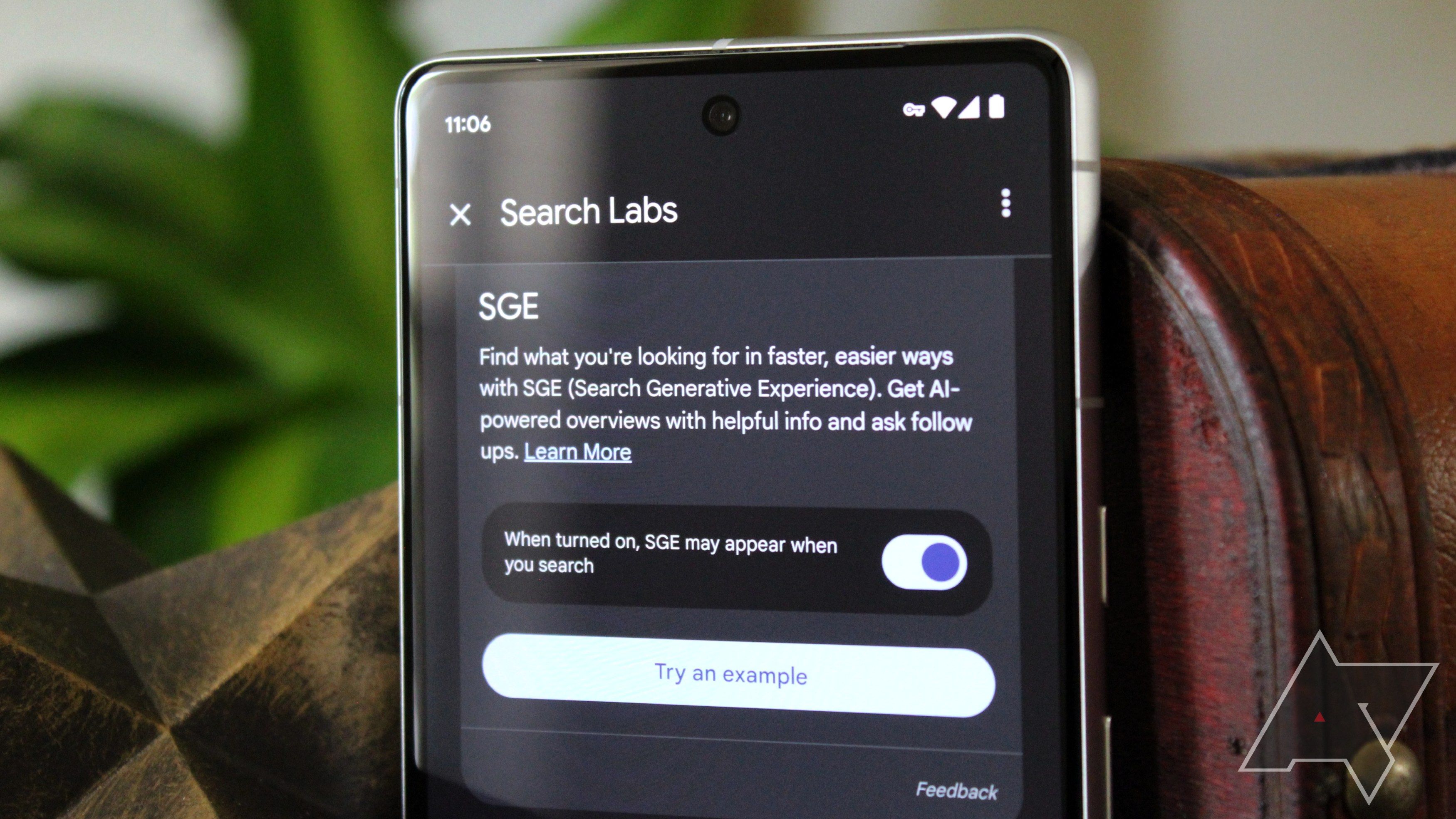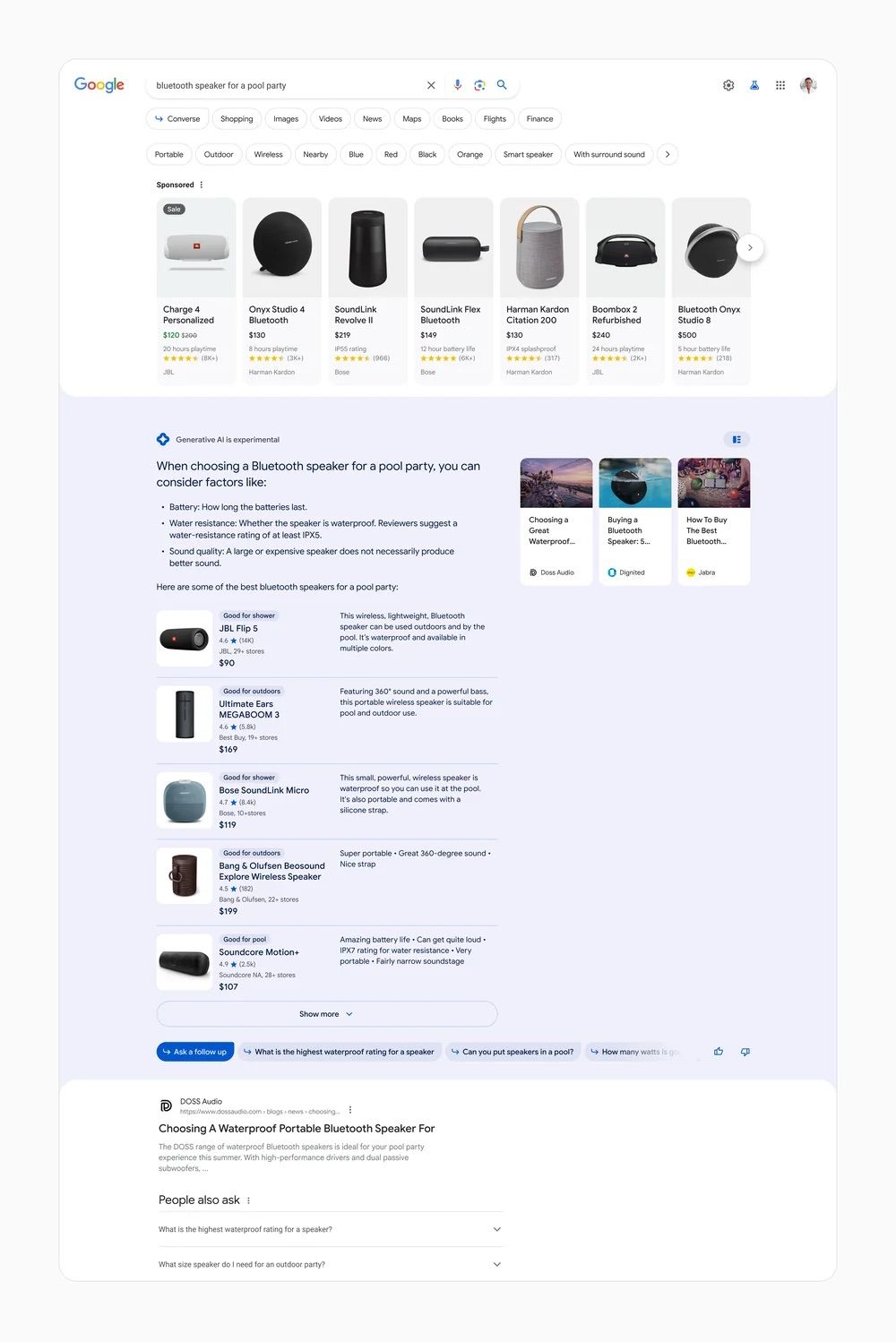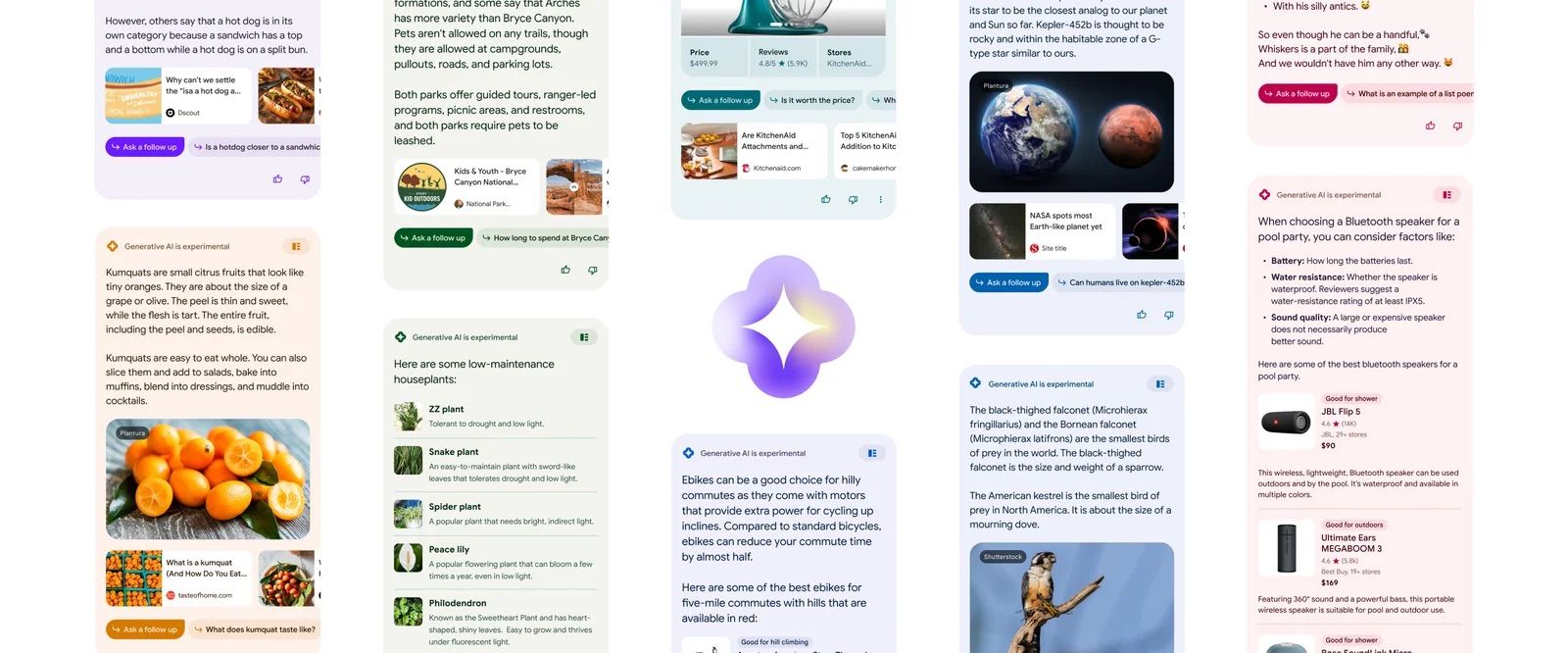The recently concluded Google I/O 2023 was host to a bunch of products and software-related announcements, including the introduction of Labs, a dedicated platform that will work on upcoming AI features before they're embedded into services like Search or Workspace. Meanwhile, Search Labs is a subdivision that lets users try out under-development AI features coming to the world's most frequently used search engine. While there was initially some uncertainty about who’d gain access to the new Search Labs experiences, Google's generative AI is now becoming available to testers in the US.
The company showed off three examples for using its new Search Generative Experience ahead of the limited rollout. The first was aimed at getting insights on complex topics, with Google offering AI-powered "snapshots" followed by an option to “dive deeper” for additional info, supported by links to relevant articles. It also showcased giving a direct reply to a specific query, complete with info based on your geography. The final example tied e-commerce with generative AI, responding to questions about products with a table featuring specs and review ratings.
Meanwhile, many users who signed up to test Google's Search Labs experiments on day one have started receiving access to the program. After signing up, a beaker icon is shown in the top-left corner of your Google Search app. For those who have been invited, tapping this icon now displays a prompt offering to let you "Experiment with Search Labs." Tapping Get started here takes you to a screen where you can opt into two experiments: SGE, or Search Generative Experience, and Code Tips, where AI in Google Search will offer to help you with coding questions.
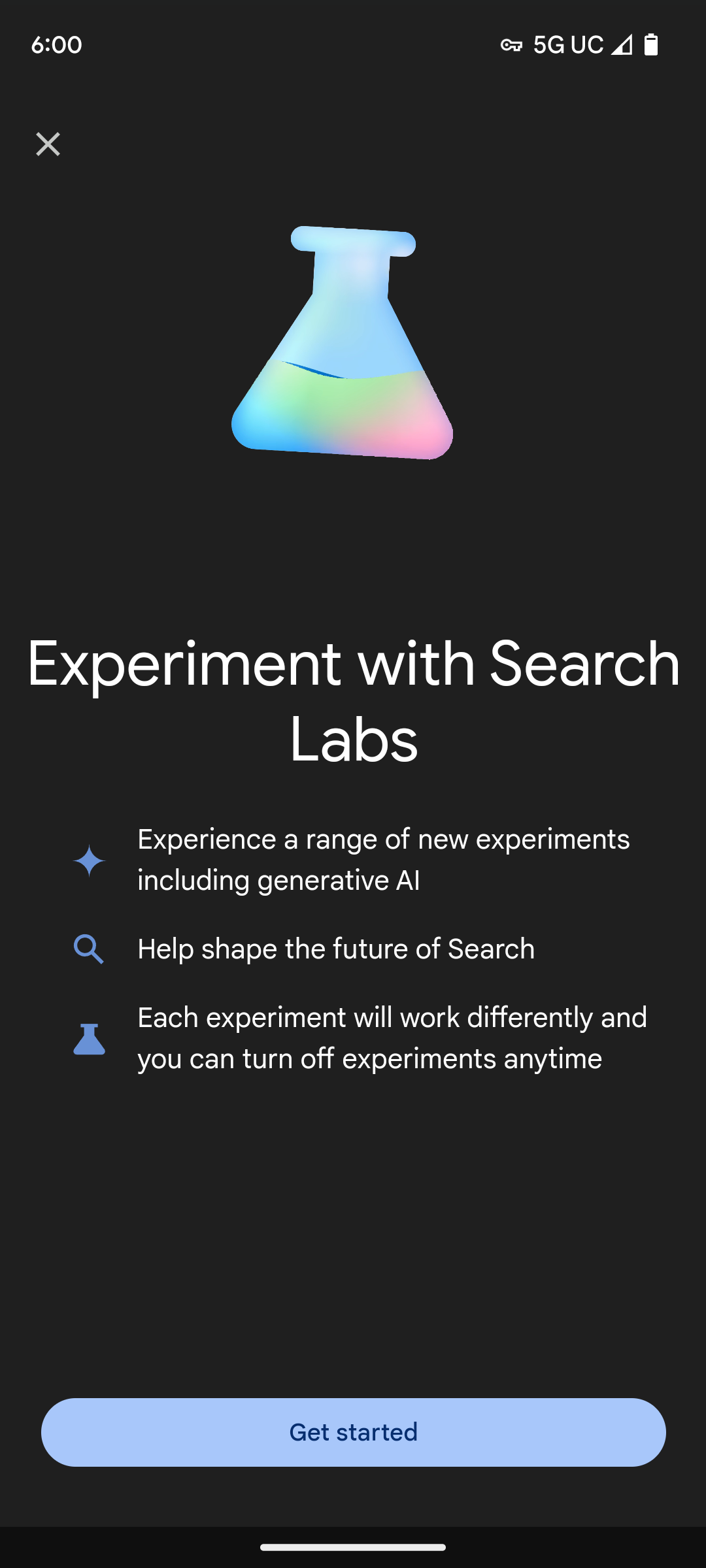
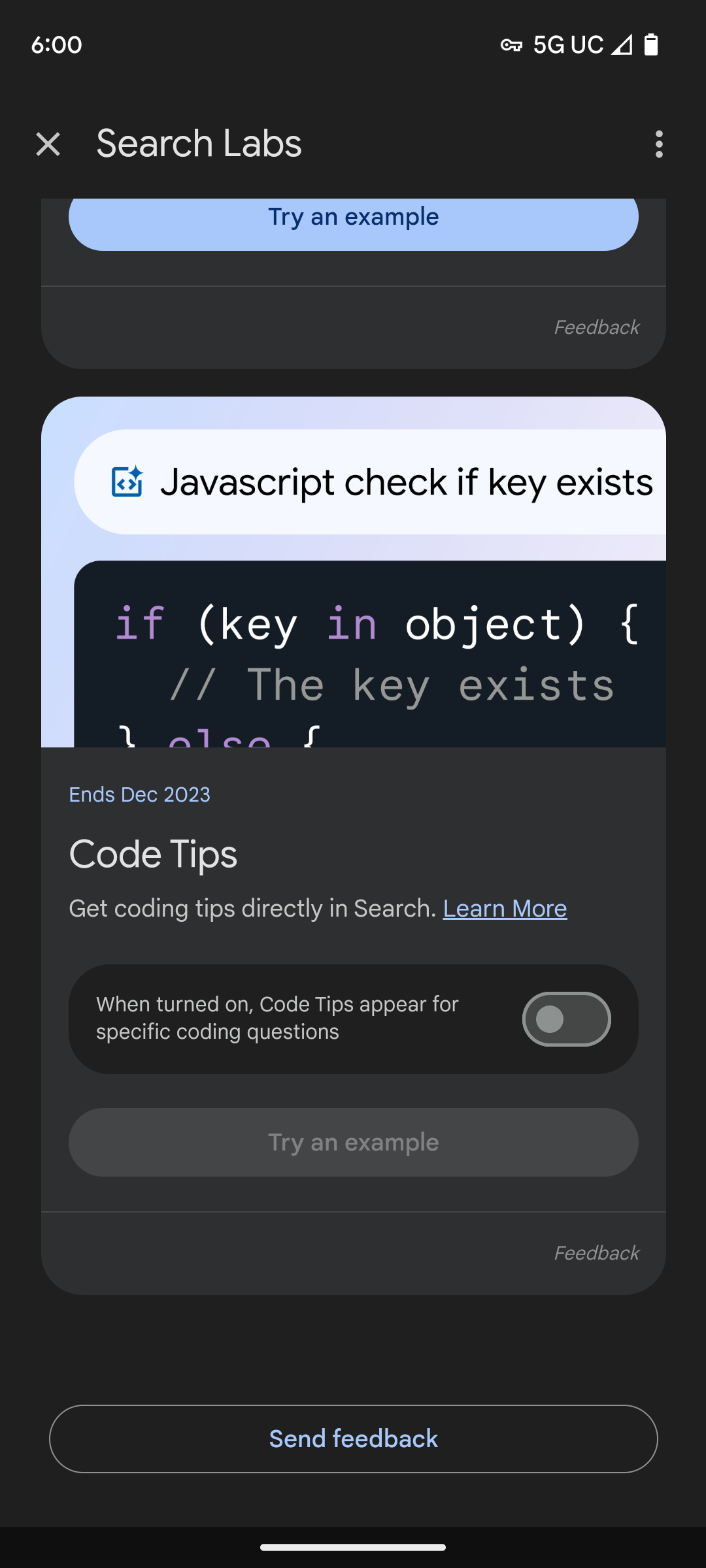
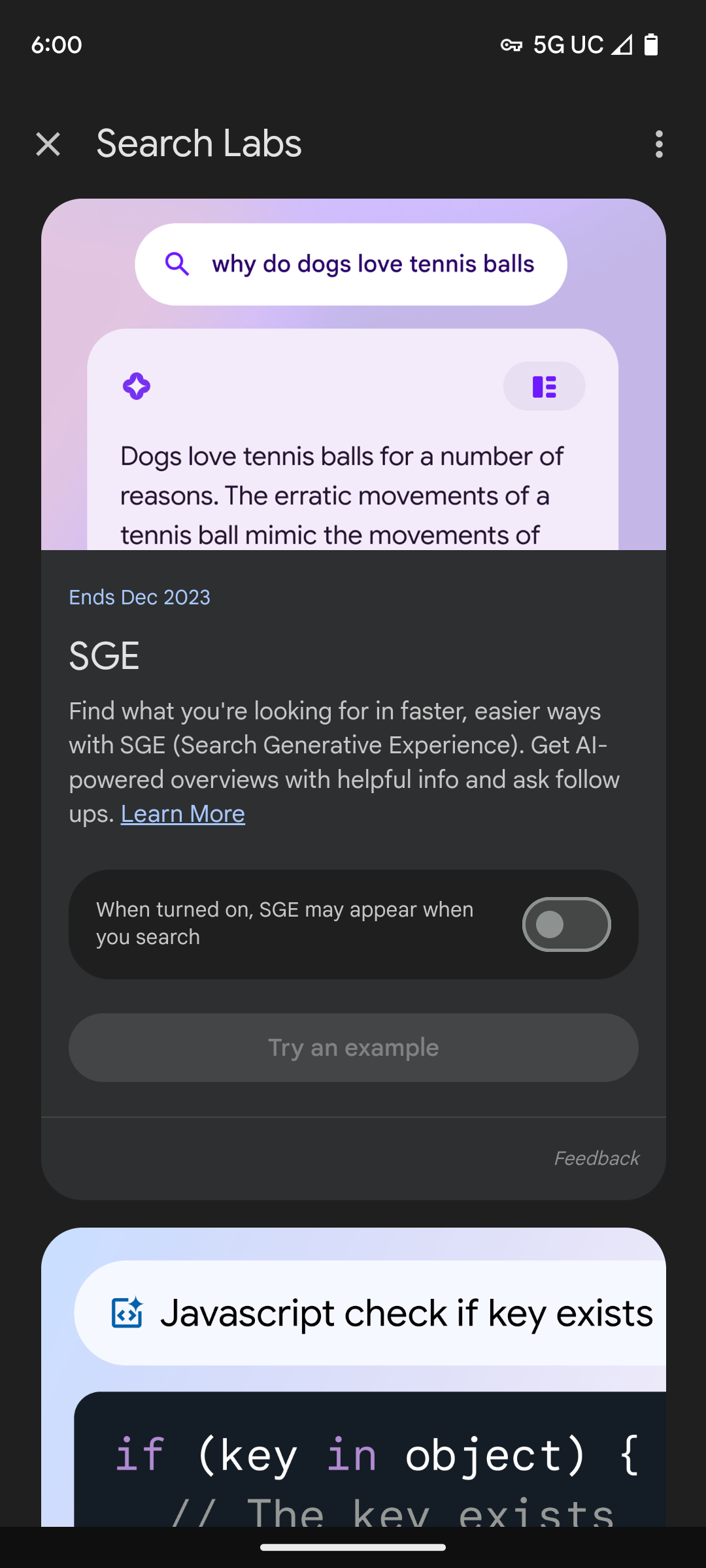
The examples Google provided seem to work fairly well, like answering questions about products and providing AI snapshots for queries that would normally yield a Knowledge Panel. But the rest of the experience in these early stages is a bit rough around the edges. Some queries automatically respond with AI, while others only offer a Generate button to trigger the Bard-like response.
There's a new Converse button that takes you into a chat-like interface to make it easier to ask follow-up questions, but this suffers from the same limitations as the rest of the early AI — that is, typing a message here is the same as searching, save for the added context of your previous message, so responses from the AI chatbot are hit or miss and sometimes replaced with simple Google Search results.
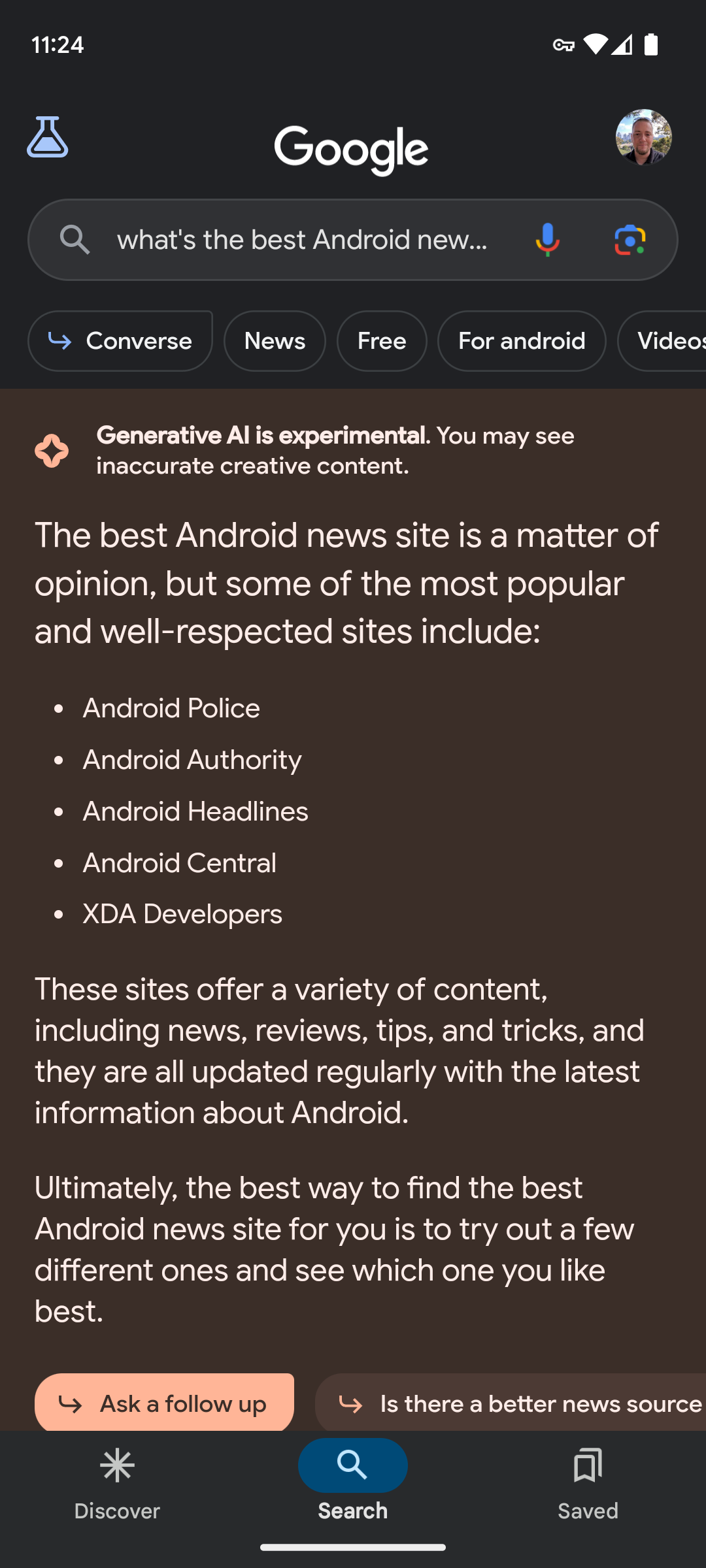
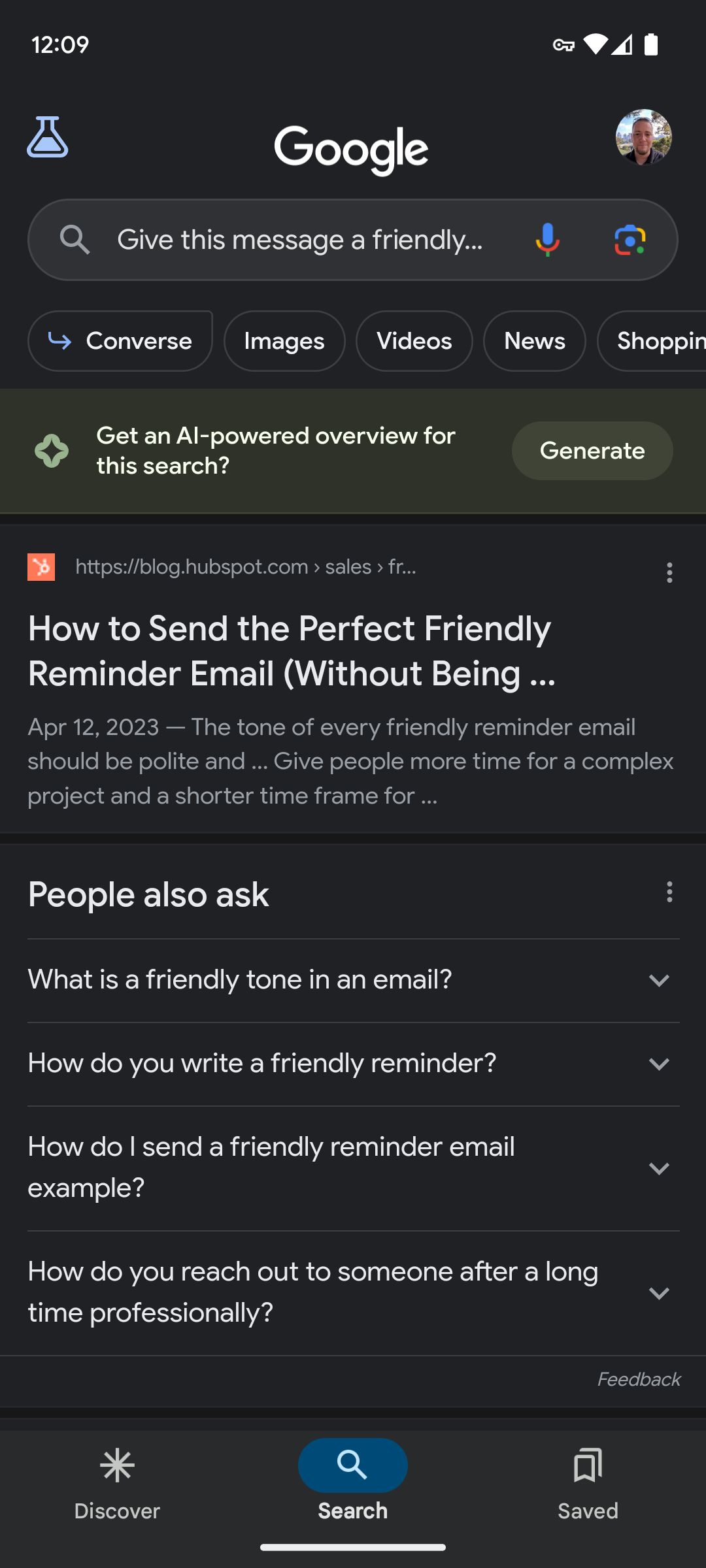
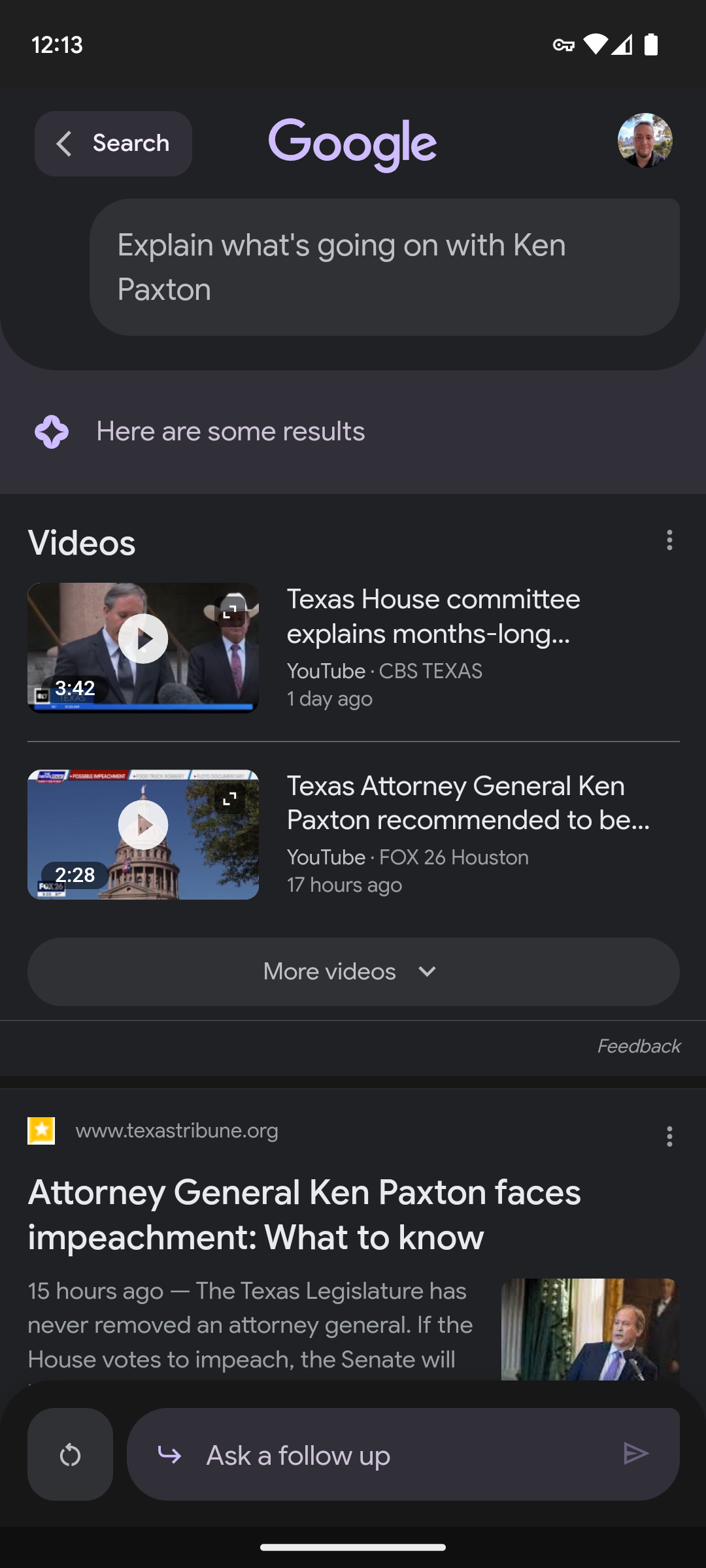
If you’re not on the Search Labs waitlist yet, you can sign up for it from labs.google.com/search. While an entry won’t be promised instantly, it's a first-come, first-serve system, aside from priority access for Google One Premium subscribers and Pixel Superfans. Google will notify people when they've made it to the exclusive list. Once you get in, the new generative AI features on Search can be accessed by opening the Google Search on Android or the web and tapping the Labs or at the Search Labs URL mentioned above.
There are still some bottlenecks that restrict Google from getting a broader perspective on its generative AI features, such as its US exclusivity. However, the company intends to gradually make Search’s generative AI capabilities available to more people worldwide. By contrast, the search giant's AI chatbot, Google Bard, is currently available across 180 countries in three languages, with more on the way.

